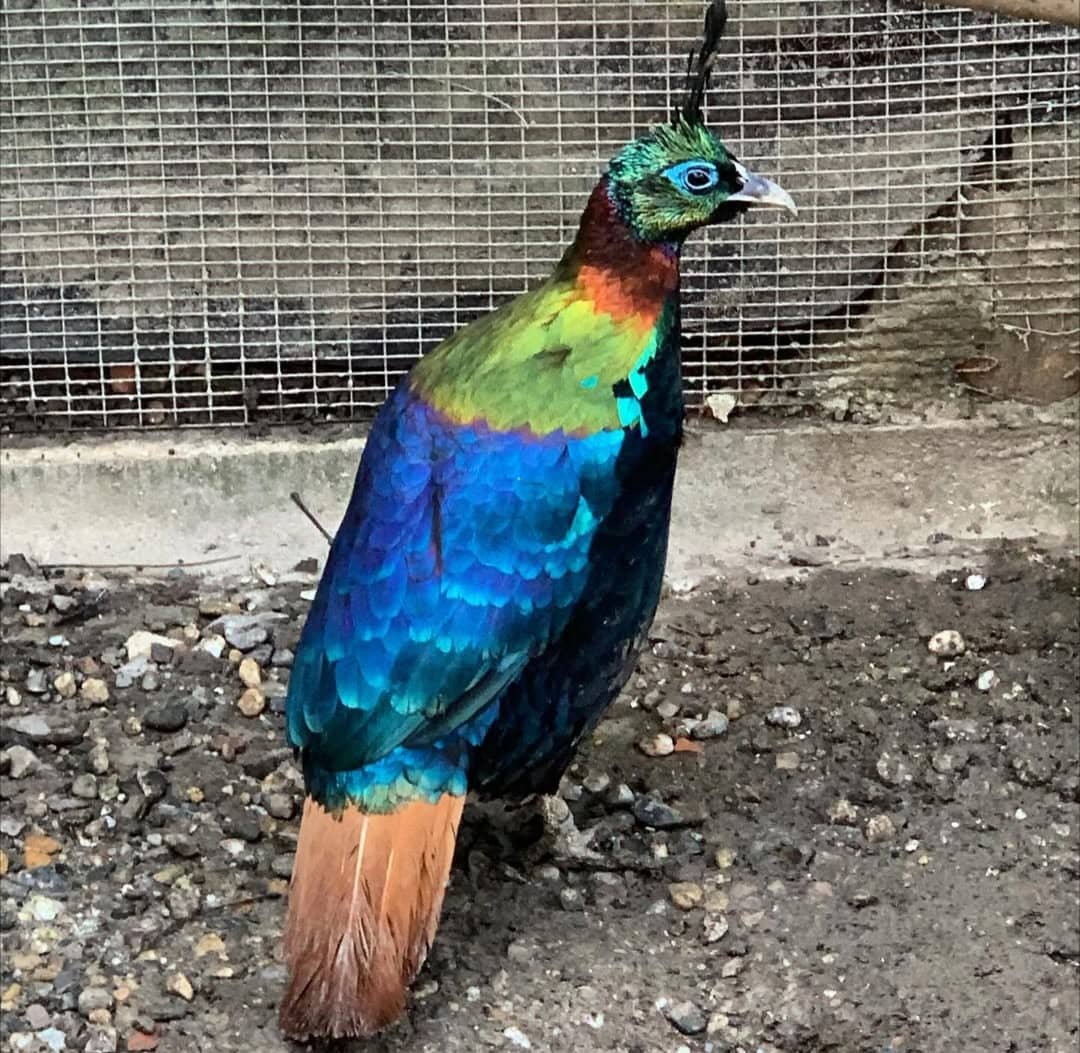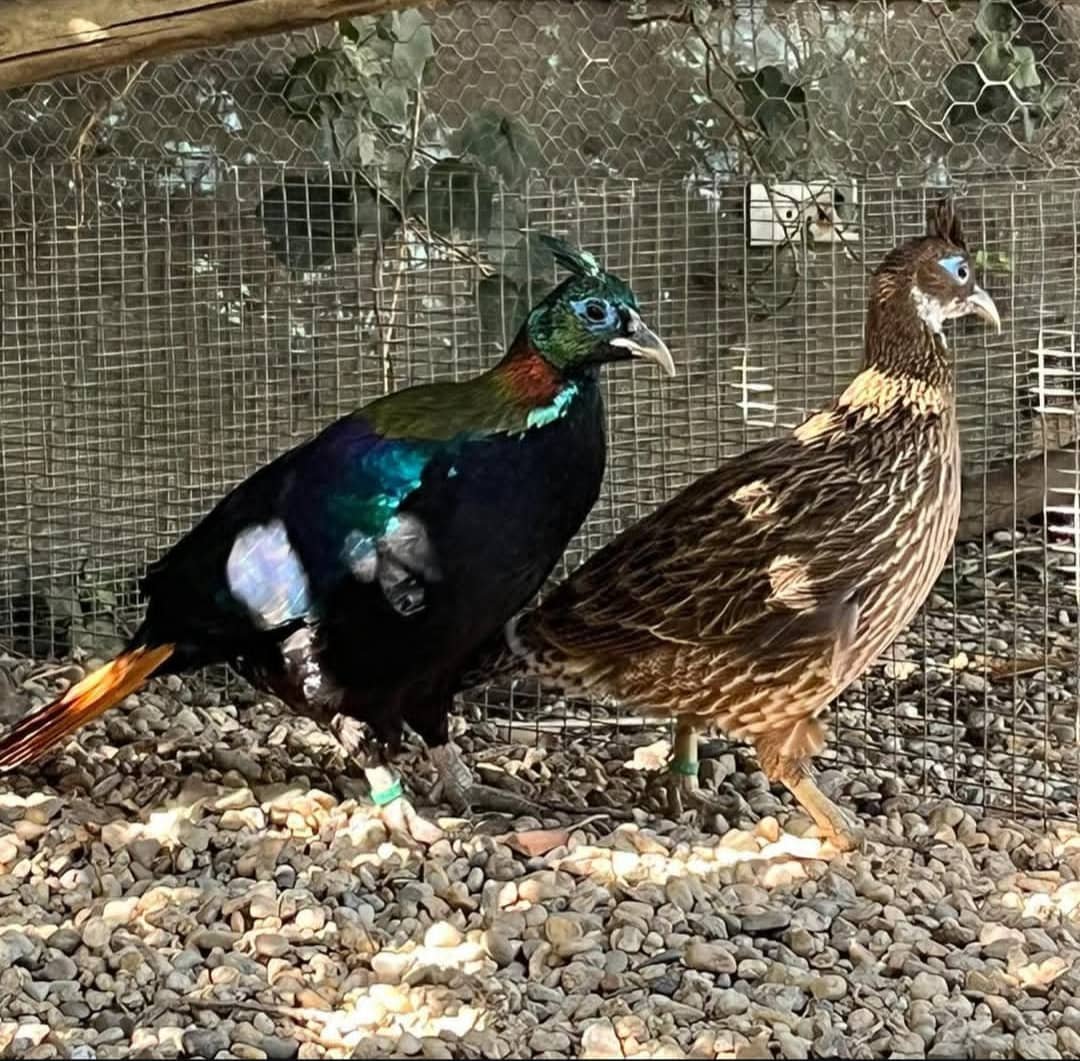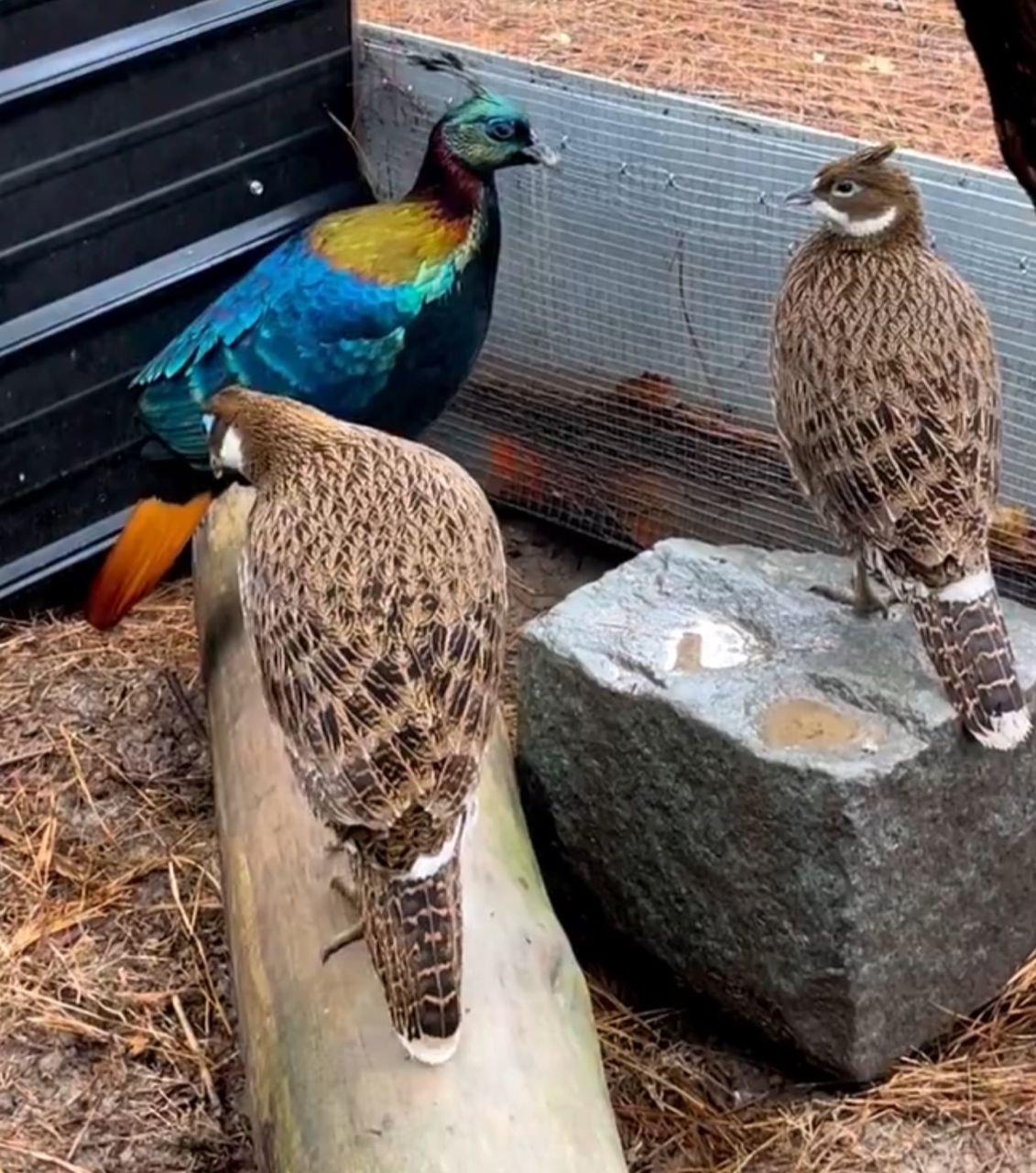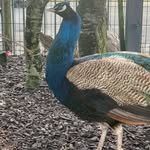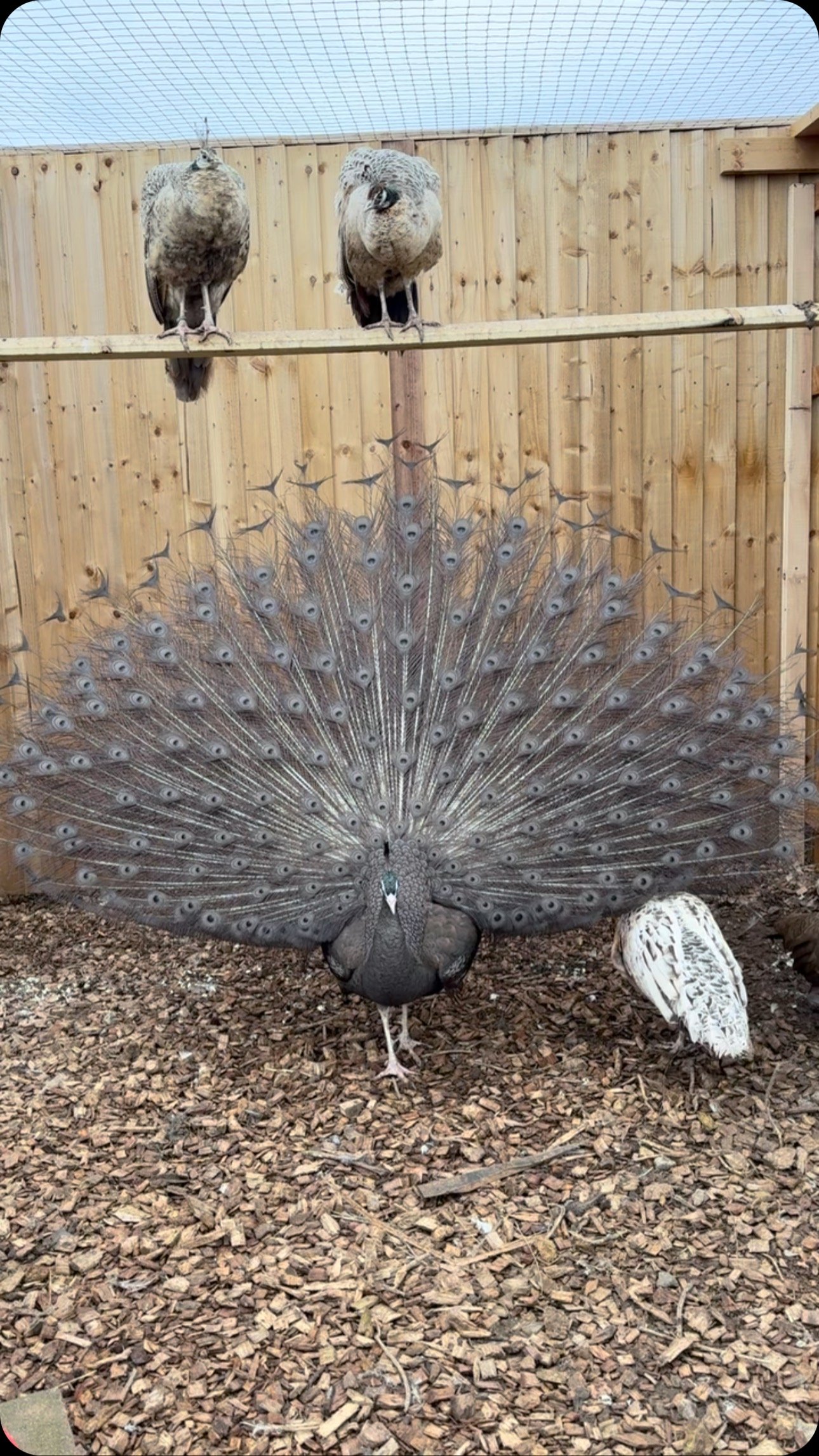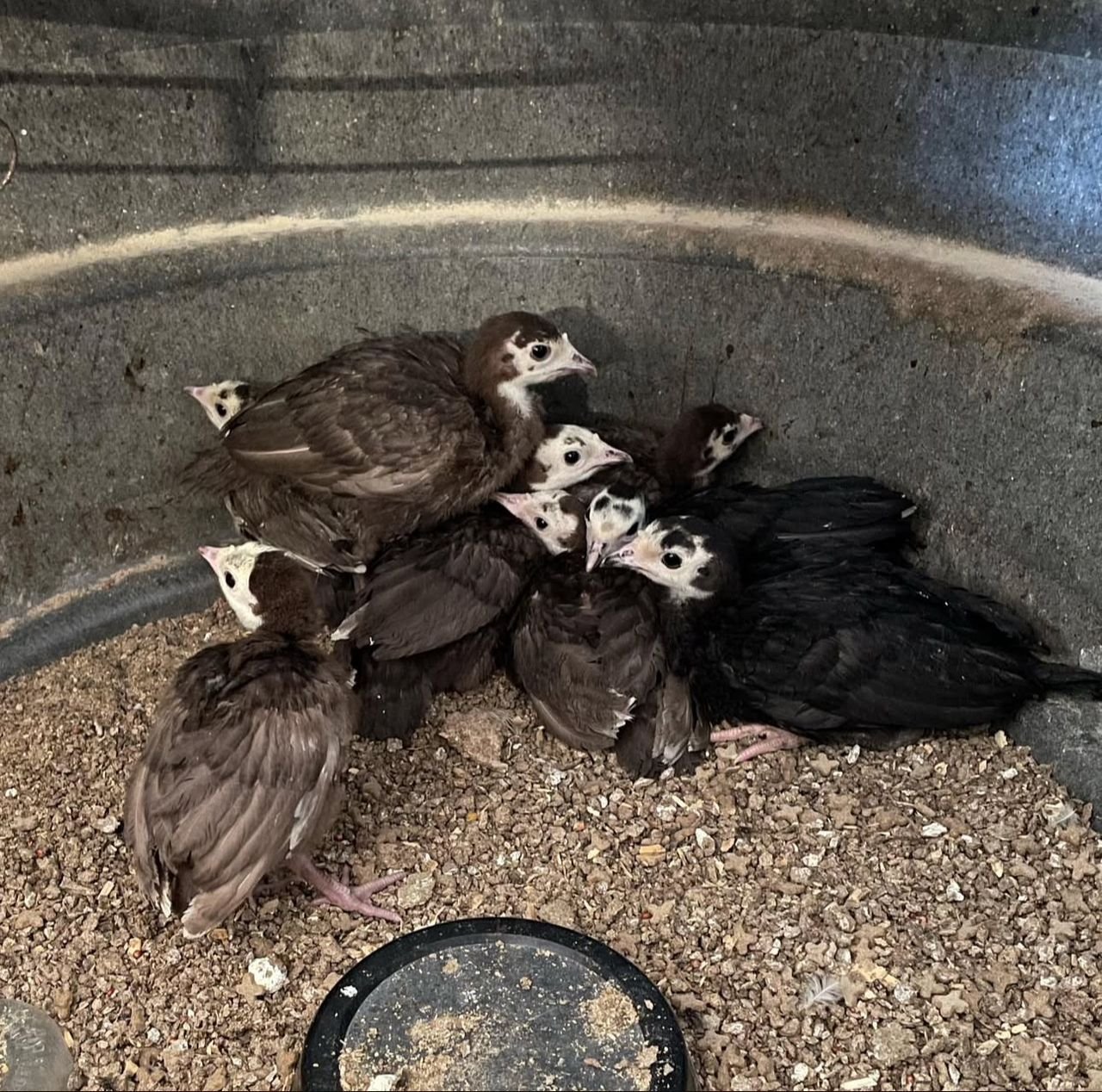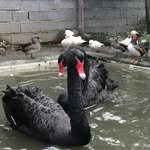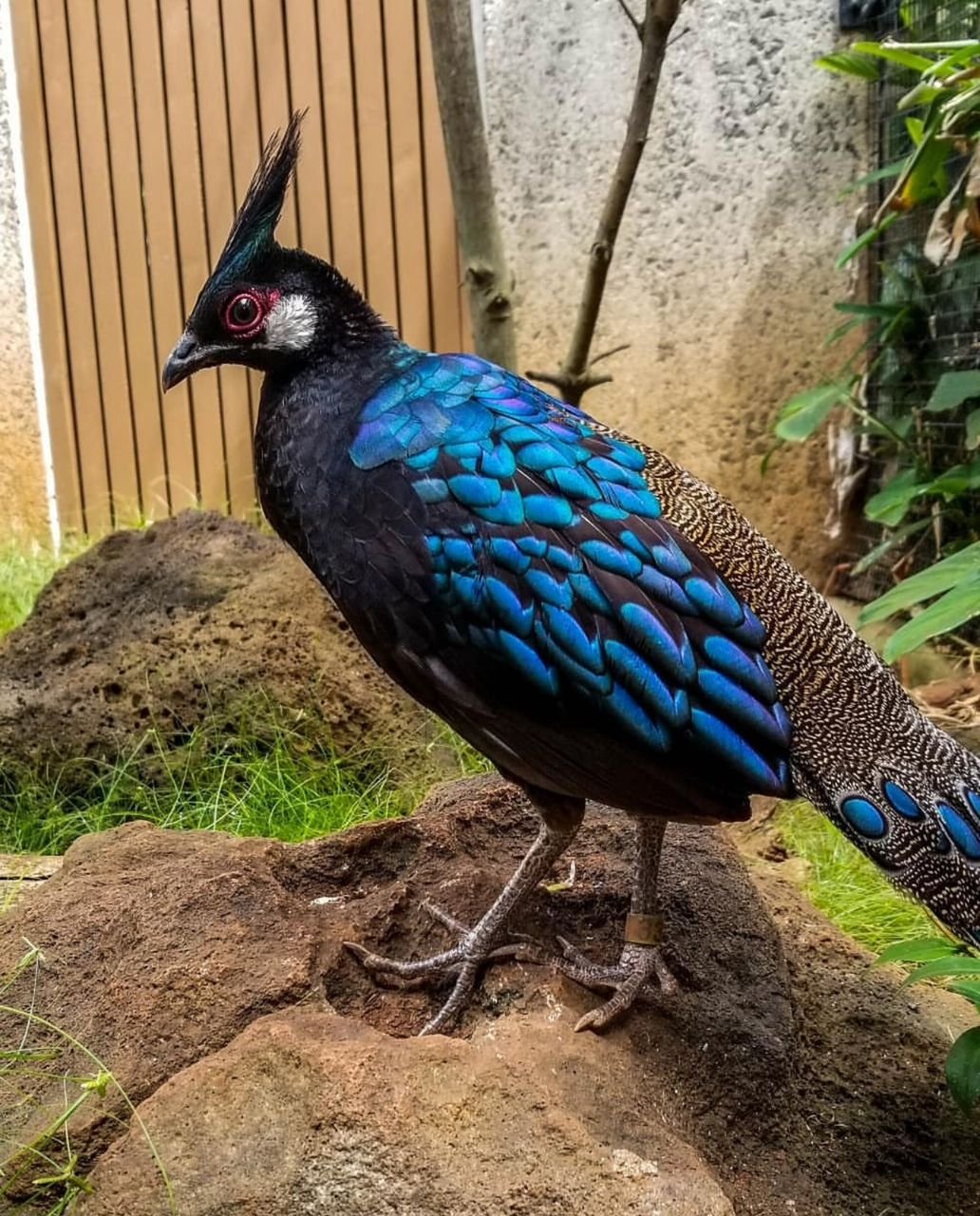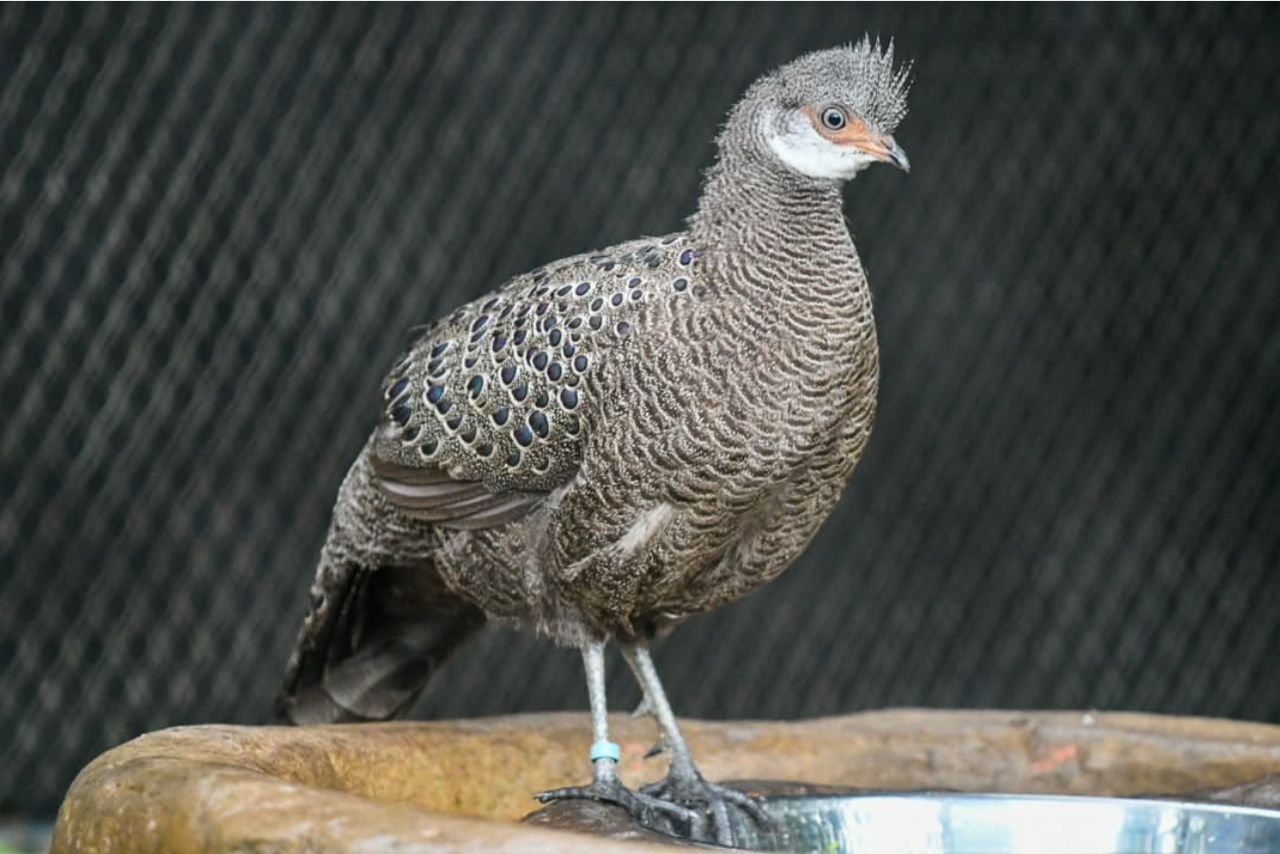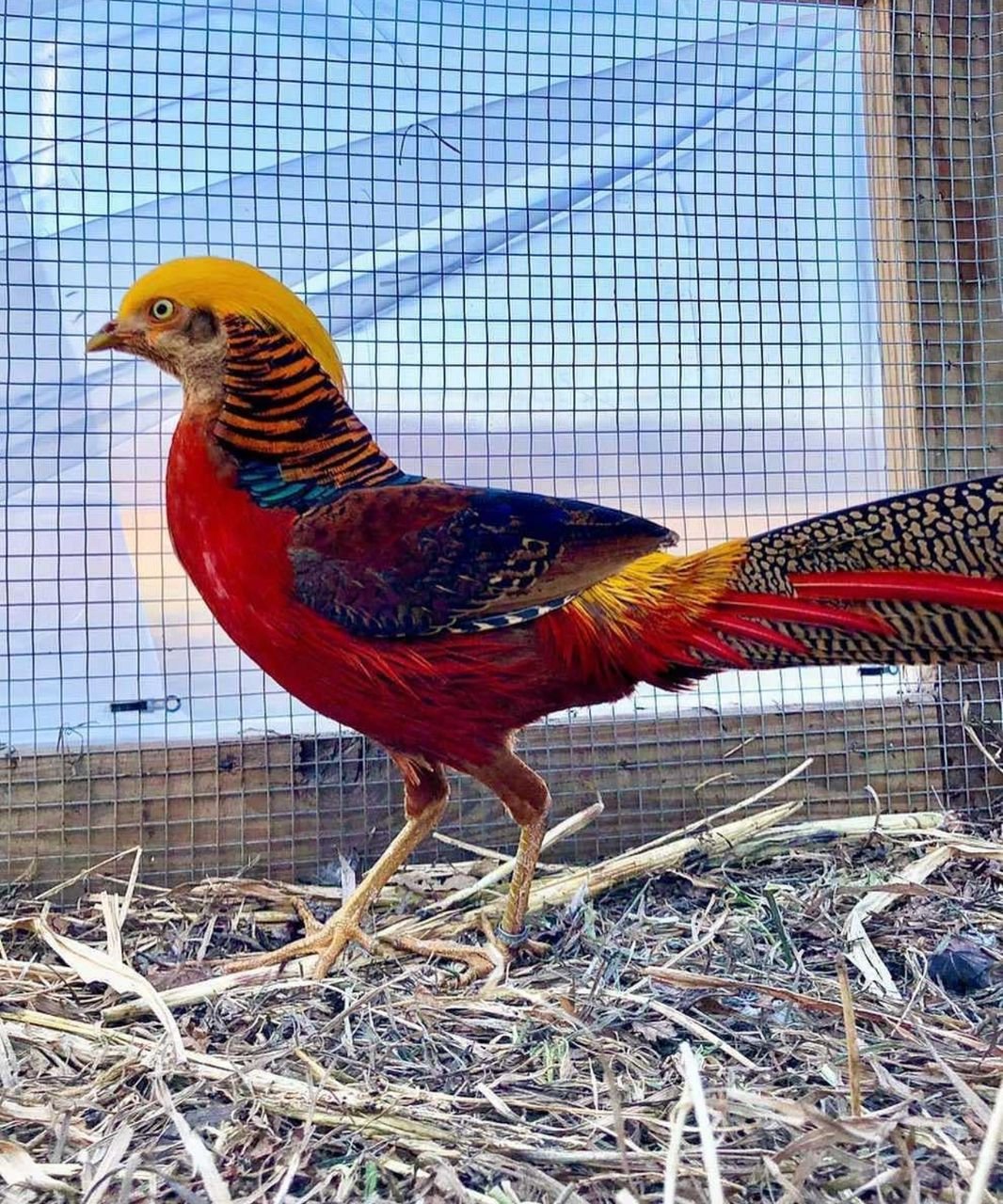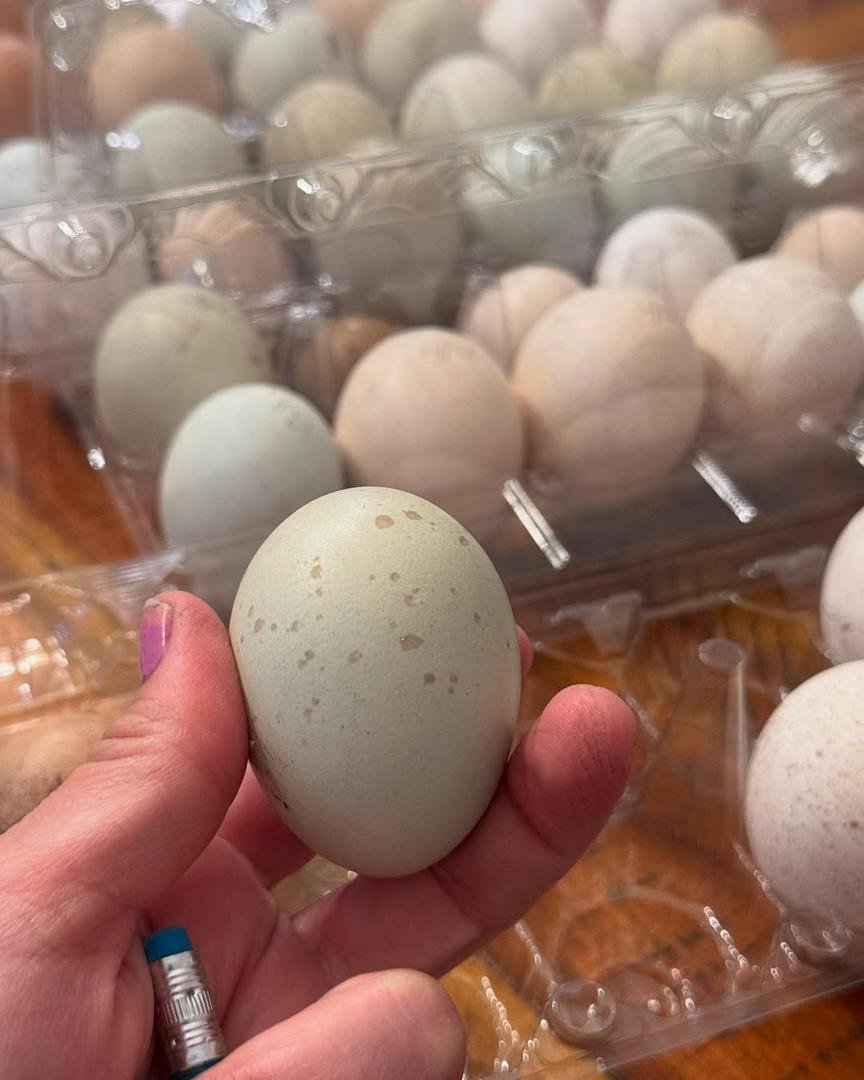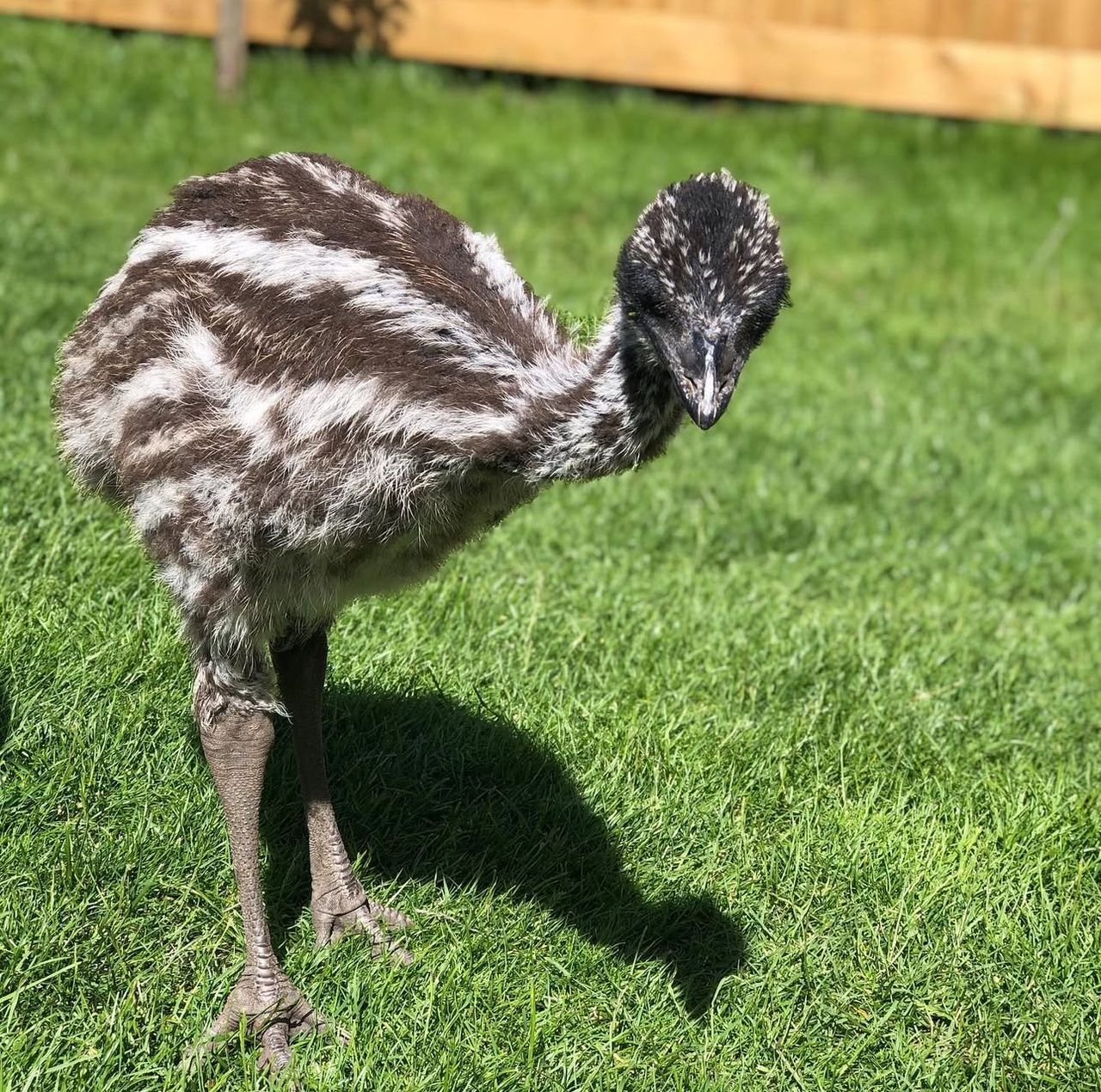“FERTILE MARAN EGGS FOR SALES” has been added to your cart. View cart
HIMALAYAN MONAL FOR SALE
$350.00 Original price was: $350.00.$200.00Current price is: $200.00.
Introduction to the Himalayan Monal
The Himalayan Monal, also known as Lophophorus impejanus, is a stunning bird native to the mountainous regions of the Himalayas. Often considered a national bird of Nepal, the Himalayan Monal is renowned for its vivid plumage and is a symbol of beauty and grace in the avian world. With its striking colors and fascinating behaviors, this bird is a captivating subject for birdwatchers, wildlife enthusiasts, and researchers alike.
Physical Characteristics and Habitats
The Himalayan Monal is easily recognizable by its iridescent feathers that shimmer in hues of green, blue, and gold. The male, significantly more colorful than the female, boasts a magnificent crown, a vibrant chest, and striking eye patches. In contrast, the female displays a more subdued palette, aiding in camouflage while nesting. These birds are primarily found in altitudes ranging from 2,400 to 3,600 meters, favoring meadows, forest edges, and rocky terrains.
Behavior and Diet
The Himalayan Monal is not only known for its beauty but also for its intriguing behaviors. Their diet consists mainly of seeds, insects, and plants, making them omnivorous feeders. During the mating season, males perform elaborate courtship displays, showcasing their colorful plumage and impressive sounds to attract females. Observing these behaviors adds to the enchanting experience of encountering the Himalayan Monal in its natural habitat, highlighting the delicate balance between beauty and survival in nature.
In summary, the Himalayan Monal is a remarkable bird that serves as a reminder of the biodiversity found in the Himalayas. Its unique characteristics and behaviors make it a subject of interest for various audiences, from ornithologists to casual birdwatchers. Encountering a Himalayan Monal in the wild is not just a visual feast but an enriching experience that deepens our appreciation for wildlife conservation and the intricate ties within ecosystems.

